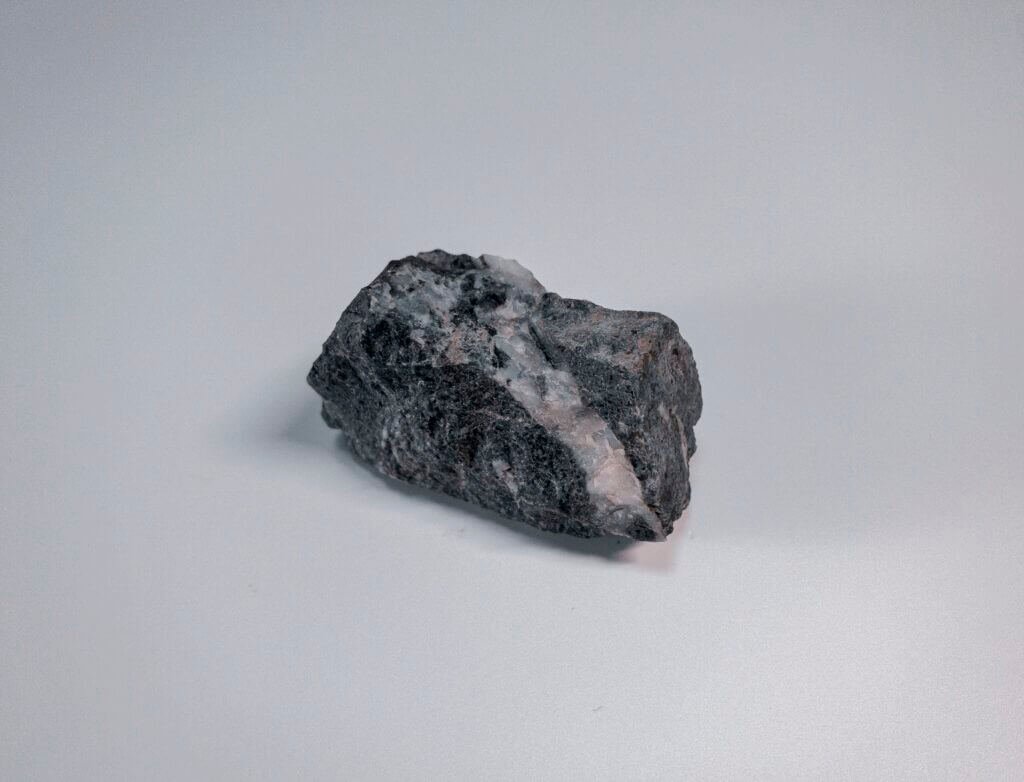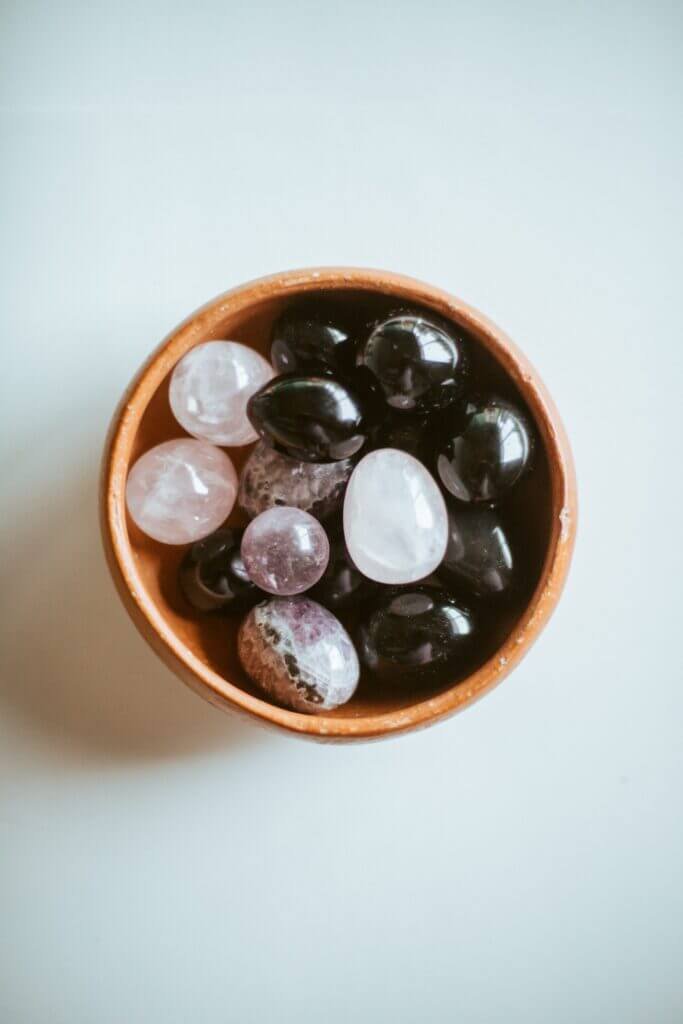Is Obsidian A Gem Stone?
Is Obsidian A Gem Stone? In this article, “Is Obsidian A Gem Stone?”, you’re set to explore whether obsidian, a fascinating black glass-like stone, is classified as a gemstone. Prepare yourself for an engaging journey, filled with interesting facts and rich information in the captivating world of gemology, as you uncover the intriguing nature of obsidian and its place in the realm of precious and semi-precious stones. This piece will certainly ignite your curiosity and deepen your appreciation for these beautiful nuggets of Earth’s story.

Understanding Obsidian
You’ve likely heard of obsidian, but what exactly is it and how much do you really know about it? Let’s delve deeper to learn more about this fascinating rock.
Definition of Obsidian
Obsidian is a type of volcanic glass known for its sleek and glossy surface. It’s created when felsic lava erupted from a volcano cools rapidly with minimal crystal growth. The result is an igneous rock with unique and fascinating properties.
Origins and Formations of Obsidian
Obsidian’s story begins in nature’s most explosive moments – volcanic eruptions. When felsic lava – that’s lava rich in silicon, oxygen, aluminium, potassium, and sodium – rapidly cools after eruption, obsidian is formed. This rapid cooling doesn’t allow for the formation of many crystals, hence giving obsidian a glassy texture distinct from most other igneous rocks.
Types and Colors of Obsidian
Obsidian comes in many forms and shades, and depending on the presence of impurities, its color varies. The most common form is the dark, black obsidian, but there’s also mahogany, rainbow and snowflake obsidian, to name a few. All these types are defined by their distinct colors and patterns.
Properties of Gemstones and Their Classification
Before we compare obsidian with other gemstones, let’s first examine what classifies as a gemstone.
Definition of Gemstones
Gemstones are precious or semi-precious stones distinct for their color, luster, transparency, and rarity. They can be either minerals or other types of stones that are valued for their aesthetic appeal and are often used for personal adornment.
Properties of Gemstones
Gemstones possess several characteristics which distinguish them from ordinary rocks and minerals. These include their beauty, durability, rarity and acceptability. They are graded and classified based on their color, cut, clarity and carat weight, also known as the 4C’s of gemstone grading.
Major Types of Gemstones
The world of gemstones is wonderfully diverse. From diamonds to sapphires, emeralds to rubies, each gemstone type has a distinct set of properties. They often differ by their chemical compositions, color, hardness and crystal structures.

Comparing Obsidian and Traditional Gemstones
Now that we understand obsidian and gemstones separately, let’s make a comparison.
Physical Characteristics
Contrasting the physical characteristics of obsidian with binary gemstones reveals stark differences. While gemstones are minerals that have crystalline structures, obsidian, as a form of natural glass lacks this crystalline structure.
Rarity and Value
Gemstones are often valued for their rarity. However, obsidian, although not extremely common, does not have the same scarcity as many traditional gemstones, which significantly impacts its value.
Usage in Jewelry
While gemstones are widely accepted and used in jewelry, obsidian, though used, does not command the same universal appeal. It’s commonly crafted into beads for necklaces or bracelets, cabochons for rings, or other ornamental objects.
Analysing the Gemstone Properties of Obsidian
Let’s now examine obsidian from a gemological perspective.
Hardness and Durability
Obsidian ranks between 5 and 6 on the Mohs scale of hardness, which indicates its relatively high durability. This places it around the same level as opal.
Clarity and Luster
Obsidian often has a vitreous luster and, when cut and polished, can display a high degree of clarity, akin to some traditional gemstones.
Color Variations
Obsidian showcases a variety of colours, from the famous jet black to shades of brown, green, blue, and a rainbow mix, dependant on the impurities present during formation.

The Status of Obsidian in Gemology
Does the gemological community accept obsidian as a gemstone? Let’s find out.
How Obsidian is Viewed by Gemologists
Gemologists have debated for years whether to categorize obsidian as a gemstone because of its lack of a crystalline structure. Some gemologists regard it purely as a mineraloid—akin to pearl or amber.
Debate on Whether Obsidian Should be Considered a Gemstone
For many, the key debate centres on the fact that obsidian is a form of glass rather than a mineral, and hence doesn’t fit the traditional gemstone categories. Nevertheless, others argue that its beauty, uses in jewelry, and metaphysical properties qualify it as a gemstone.
How Obsidian is Used in Jewelry
So, how is this fascinating volcanic glass utilised in adornments?
Popular Obsidian Jewelry Pieces
Obsidian can be found in a variety of jewelry pieces, ranging from pendants, necklaces, to bracelets and earrings. Its glossy, often black appearance gives an understated yet sophisticated appeal to any jewelry piece.
Working with Obsidian in Jewelry Design
Considering the hardness and durability of obsidian, it can be a joy to work with. It can be cut into various shapes and is often polished to reveal a glass-like appearance. This flexibility makes it quite popular among jewelry designers.
Obsidian Jewelry Care
Taking care of obsidian jewelry is quite straightforward. To maintain its luster, simply clean it with a mild soap and water and dry it with a soft cloth. Avoid harsh chemicals or ultrasonic cleaners, they can damage the stone’s surface.

Metaphysical and Healing Properties of Obsidian
Beyond its physical properties, obsidian has a rich narrative in terms of its metaphysical properties.
Use of Obsidian in Ancient Cultures
Ancient cultures prized obsidian highly, not just for its beauty but also for its purported metaphysical properties. It was utilized in various rites and customs due to beliefs in its protective and healing properties.
Modern Beliefs about Obsidian’s Healing Properties
Even now, many believe that obsidian has protective qualities and shines a light on negativity and fear. It’s often used in crystal healing therapies and also as a grounding stone.
Role of Obsidian in Art and Archeology
Obsidian has an undeniable place in historical art and archeology.
Usage of Obsidian in Prehistoric Art
Given its conchoidal fracture – a type of breakage often resulting in a shape like a scallop shell – obsidian was an ideal material for early humans to fashion tools, mirrors, and ornamental objects.
Obsidian Artifacts Found Around the World
Across the globe, archeologists have unearthed numerous obsidian-made artifacts, showcasing its widespread usage in ancient times. These include arrowheads, blades, and mirrors.
Controversies and Misconceptions about Obsidian
Understandably, the unique status of obsidian has led to several controversies and misconceptions.
Debate on Obsidian Being Classified as a Gemstone
As we’ve already mentioned, one of the ongoing debates in gemology is whether obsidian should be classified as a gemstone or not. Some argue it should be, due to its uses in jewelry and its aesthetic appeal, while others insist it doesn’t fit the traditional paradigm.
Common Misconceptions about Obsidian
One common misconception is that all obsidian is black. While black is the most common color, as we’ve seen, obsidian can have a variety of colors depending on impurities present during its formation.
Conclusion: Is Obsidian a Gemstone?
Revisiting the Question
So, is obsidian a gemstone? Well, as we’ve seen throughout this exploration, the answer largely depends on the criteria you use to define a gemstone. If a gemstone needs to have a mineral structure and certain level of rarity, then obsidian doesn’t fit the bill.
Presenting the Argument
However, if you choose to define a gemstone based on its aesthetic charm, uses in jewelry, and metaphysical properties, then yes, you could argue that obsidian is indeed a gemstone!
Final Thoughts and Conclusions
Whether or not you personally count obsidian as a gemstone, one thing is clear: this fascinating volcanic glass has a multitude of uses and an intriguing history. From an adornment for jewelry to an asset for crystal healers, from a tool for prehistoric humans to a subject of debate among modern gemologists, obsidian continues to captivate and intrigue us all.



